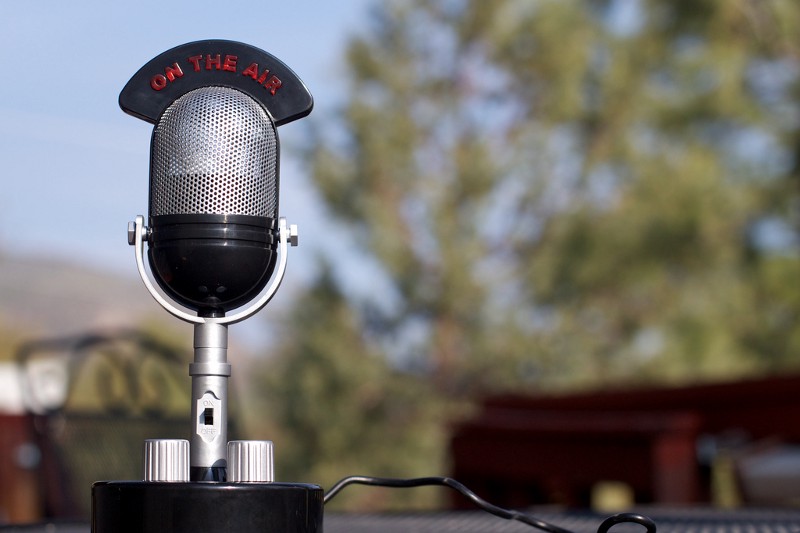

Forget televisions, computers, the internet. Radio is the single form of mass media reaching the widest audience in the world. As the United Nations Educational, Scientific and Cultural Organization (UNESCO) highlighted during its World Radio Day, radios are everywhere, with at least 75 percent of households in developing countries able to access them. The 25 percent that can’t, however, amount to millions of people without this listening aid; and still billions more lack the technology or resources required to get their voices heard on air.
In rural northern Uganda, one team is working to change that. The RootlO project aims to create an open-source toolkit to give anyone the power to start and run a radio station using only a smartphone, a cheap radio transmitter and cloud telephony services. By minimizing the setup costs of a radio station, eliminating the need for a studio and using low antennae to deliberately transmit to a small geographical area, RootIO hopes to kick-start a community radio revolution catering to micro audiences.
More than that, the team wants to build services that shoulder the prohibitive cost of mobile calls in communities where phones are abundant but credit and electricity are both equally scarce. This, they hope, will increase the breadth and plurality of voices on the radio at a fraction of the normal cost to both station owners and listeners.
Founded by Chris Csikszentmihályi, a former director of the MIT Center for Future Civic Media, RootIO hosts a team currently spread from California to Uganda with its members developing software and hardware solutions. The company has partnered with five Ugandan radio stations, as well as UNICEF Uganda and the UNICEF Innovation Unit, to explore the possibilities of the platform.
Csikszentmihályi explained the challenges ahead: “Imagine a city with 30 neighborhoods. Dedicating a few slots to highly connected micro stations could give every neighborhood its own station, but still allow them to join together at times of the day for citywide, regional and national programming, or emergency reports. To RootIO, that seems to be the best of both worlds. But it can’t happen in places where commercial radio is already accounting for all the slots. It can in rural areas that are currently underserved by radio.”
He added that in Uganda “rural people are mostly getting media “‘hand-me-downs’ from the city. They don’t have a media platform to discuss their own community issues, share their own stories in their own language or play their own music. We’re designing RootIO to help rectify that.” Csikszentmihályi’s vision is that RootIO could “change the course of FM radio to emphasize many highly connected local stations rather than huge regional stations,” providing “more airtime for local deliberation, minority languages and non-commercial programming.”
The benefits of ICT-enhanced radio for broadcasters working across Africa have become more and more apparent in recent years. SMS alerts ahead of shows helped boost listenership by up to 20 percent and people actively participating with programmes were four times more likely to adopt solutions highlighted on the radio, according to a 2011 report exploring 25 stations across five African countries.
With an estimated 800 million radios in sub-Saharan Africa, RootIO’s work in Uganda could provide a template for other stations in the region looking to increase their relevance and levels of community participation in the new era of mobile-powered media.


How We Get To Next was a magazine that explored the future of science, technology, and culture from 2014 to 2019. This article is part of our Arts & Culture section, which looks at innovations in human creativity. Click the logo to read more.
